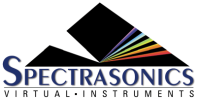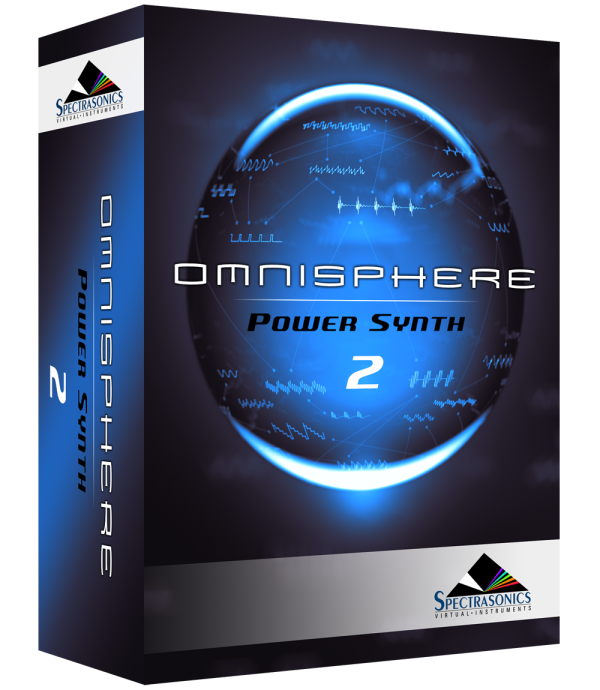This area provides global options for the instrument’s Startup Page, Round Robin settings, and preferences for how the Layers behave in the interface.
Startup Page Preference

Omnisphere’s default startup page is the Main Page. This menu allows you to select from either the Orb, Main, or Layer page as the default.

Startup Directory Preference

From this menu you can select the Patch directory that is loaded at startup. Choose from “All,” “All Spectrasonics,” “Projects,” “User,” any of the Satellite Instruments and Legacy Libraries, as well as any of your third-party libraries.
For example, the “All Spectrasonics” option brings up only Spectrasonics Patches, including those from Satellite Instruments like Keyscape or Trilian, and omits any User and third-party sounds.
You can also select “Auto Recall” which remembers and returns you to the last Library/ Directory from which you loaded a Patch.
Switch to Layer Upon Activation Preference

The four Layer MIX sliders on the footer of the LAYER PAGES have activation buttons. If “Switch to Layer Upon Activation” is set to “ON,” whenever you turn ON a Layer, it will automatically switch the LAYER page’s view to that Layer.

For example, if Layer A is activated, but Layer C is not, when you select the Layer D activation button, the view will switch to Layer D.
If Switch to Layer Upon Activation is OFF then Layer activation will not cause the Layer page to change to the activated Layer.
Sync Tabbed Panes Together
This is the default setting, but you may set your preference here.
When enabled, this function will ensure that when you change from one Part to another, the view will remain the same.
For example, if Part 1 has the FX page selected, and then Part 2 is selected, it will also display the FX page. If “Sync Tabbed Panes Together” is disabled, then the views will not synchronize – they’ll change only for the Part you are editing.
Round Robin

With only one sample per note, repeated notes on a sample-based instrument can typically cause a “machine gun” effect, with the same sample repeating monotonously. Round Robin is a sampling technique that allows a repeated note to trigger a different sampled “take” each time it’s played. This makes repeated notes sound natural, and eliminates the machine gun effect.
Some Soundsources include multi-sampled Round Robin samples, which means we recorded multiple takes for each note and velocity. In fact, a single Soundsource can contain a huge number of Round Robin samples! This is particularly true for Keyscape’s keyboards and for Trilian basses. If you are loading Keyscape and/or Trilian sounds into Omnisphere using Omnisphere Library Integration, this setting can be especially useful.

The ROUND ROBIN Menu lets you select how Round Robin samples will be ordered when two or more Round Robin samples are loaded into memory.
There are four playback options available on the drop-down menu: No Variation, Random, Random Full Cycle, and Sequential.
NOTE: The Sample Thinning settings located in the Patch Browser’s Soundsource Zoom determine how many Round Robin samples are loaded with the Patch or Soundsource.
Custom Controls Tab Reset

When enabled, this function will ensure that when you change from one Keyscape Custom Controls Tab to a different one, the view will be the same. For example, if a Patch has the FX Tab selected, Keyscape will continue to display the FX Tab when another Patch is selected. If “Custom Controls Tab Reset” is disabled, the views will not synchronize – they’ll change depending on the Patch.
Need more help with this?
Spectrasonics Customer Support





